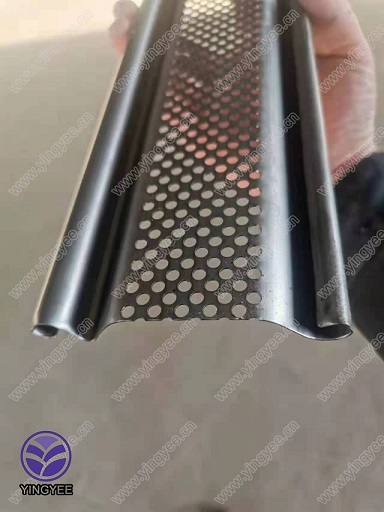
The Evolution and Importance of Sandwich Panel Machines in Modern Construction
In recent years, the construction industry has witnessed significant advancements, particularly with the introduction of sandwich panel technology. Sandwich panel machines are essential in producing these innovative building materials, which consist of two outer layers and an insulating core, offering high thermal efficiency, lightweight properties, and robust structural integrity. This article delves into the mechanics of sandwich panel machines, their manufacturing processes, and the various advantages they offer in contemporary construction.
Understanding Sandwich Panels
Sandwich panels are engineered products comprising three layers an insulation core sandwiched between two outer layers or facings. The core is typically made of materials such as polystyrene, polyurethane, or mineral wool, which provide excellent thermal insulation. The outer layers, often composed of metal, plywood, or reinforced plastic, enhance durability and protect the insulation from environmental factors.
The unique composition of sandwich panels makes them ideal for a variety of applications, including industrial buildings, cold storage facilities, and even residential constructions. Their lightweight nature allows for easy handling and installation, significantly reducing labor costs and construction time.
The Sandwich Panel Machine Mechanisms and Processes
Sandwich panel machines are specialized equipment designed to fabricate these panels efficiently. The production process generally involves several key steps material preparation, forming, and finishing.
1. Material Preparation The first stage involves sourcing and preparing the raw materials. This includes selecting the appropriate foams or insulation materials and the facings. The quality of these materials is critical, as it influences the panel's overall performance in terms of thermal resistance and structural strength.
2. Foaming Process For panels with a foam core, the insulation material is created through a foaming process, where chemicals react to produce a rigid foam. This foam is then conveyed to the sandwiched layers, where it expands and adheres to the outer facings.

3. Layer Assembly The sandwich panel machine typically includes a system for layering the materials. Different machines can operate using various methods, such as continuous or discontinuous processes. In continuous systems, materials are fed through a series of rollers that compress and bond the layers together, whereas discontinuous systems may operate on batch cycles.
4. Curing and Finishing After the layers have been assembled, the panels go through a curing process. Depending on the materials used, this could involve heat application or curing agents to strengthen the bond between layers. Once cured, the panels are trimmed to the desired dimensions and undergo quality control checks to ensure they meet industry standards.
Advantages of Sandwich Panels
The use of sandwich panel machines and the resulting panels offers several benefits
- Energy Efficiency The superior insulating properties of sandwich panels significantly reduce heating and cooling costs, contributing to more energy-efficient buildings. - Speed of Construction Since sandwich panels are pre-fabricated, they can be quickly assembled on-site, accelerating the construction timeline significantly.
- Versatility These panels are suitable for various applications, including roofs, walls, and partitions, making them adaptable to different construction needs.
- Cost-Effectiveness The reduction in labor costs and faster construction times lead to overall lower project expenses, making sandwich panels an economically viable choice for builders.
Conclusion
Sandwich panel machines represent a crucial innovation in construction technology, enabling the efficient production of lightweight, insulating, and durable building materials. As the industry continues to evolve and seek more sustainable and cost-effective building solutions, the role of sandwich panels is likely to expand, making them an integral part of modern architecture and construction practices. Understanding the capabilities and benefits of sandwich panel machines is vital for contractors, architects, and builders aiming to embrace new technologies in their projects.